On Wednesday morning, a strong 8.8-magnitude earthquake off the Kamchatka Peninsula in Russia caused tsunami waves to sweep across the Pacific coast of Japan and other Pacific nations, including Hawaii.
About 120 kilometers east-southeast of Petropavlovsk-Kamchatsky, at a depth of 20 kilometers, the earthquake struck at 8:24 AM Japan time. Later, the U.S. Geological Survey reported more powerful aftershocks and increased the magnitude from 8.0.
In areas of Japan like Hokkaido and Iwate, tsunami waves as high as 60 cm were observed after the earthquake. A 20 cm wave also reached Tokyo’s Harumi district. Japan’s Meteorological Agency warned that waves could still reach up to 3 meters and asked people along the Pacific coast to evacuate to higher ground. The warning remains in effect.
The quake disrupted daily life. Runways at Sendai Airport were closed, and trains and airplanes were suspended. TEPCO halted the release of treated wastewater at the Fukushima Daiichi nuclear plant as a safety precaution. Nissan and convenience stores shut down operations in affected areas.
In Russia, tsunami waves reached 3–5 meters in Severo-Kurilsk, damaging a port and a fish processing plant. Several people were injured, and buildings were damaged. In Hawaii, tsunami alerts led to evacuations and the suspension of flights in Maui. Waves there reached up to 1.7 meters.
Although no major injuries or deaths have been confirmed in Japan, one woman reportedly died in central Japan while evacuating.
Authorities across the Pacific are closely monitoring the situation. Experts say more aftershocks are likely, but no stronger quake is expected soon.

.jpg)
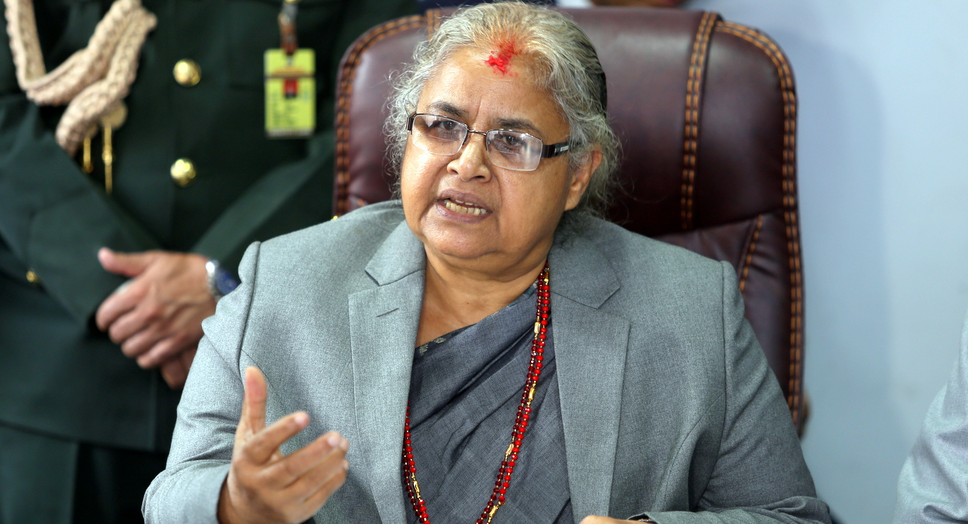



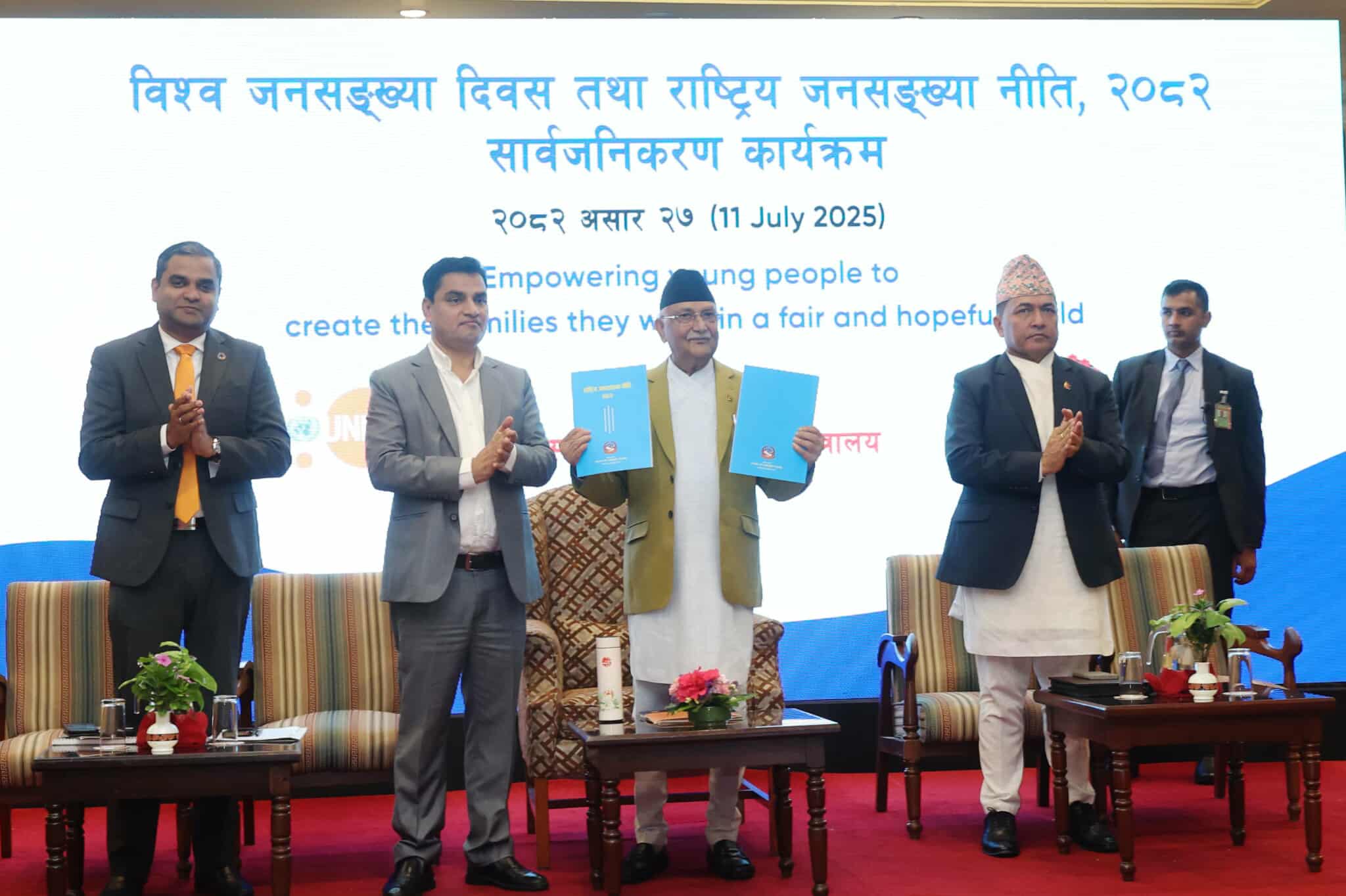
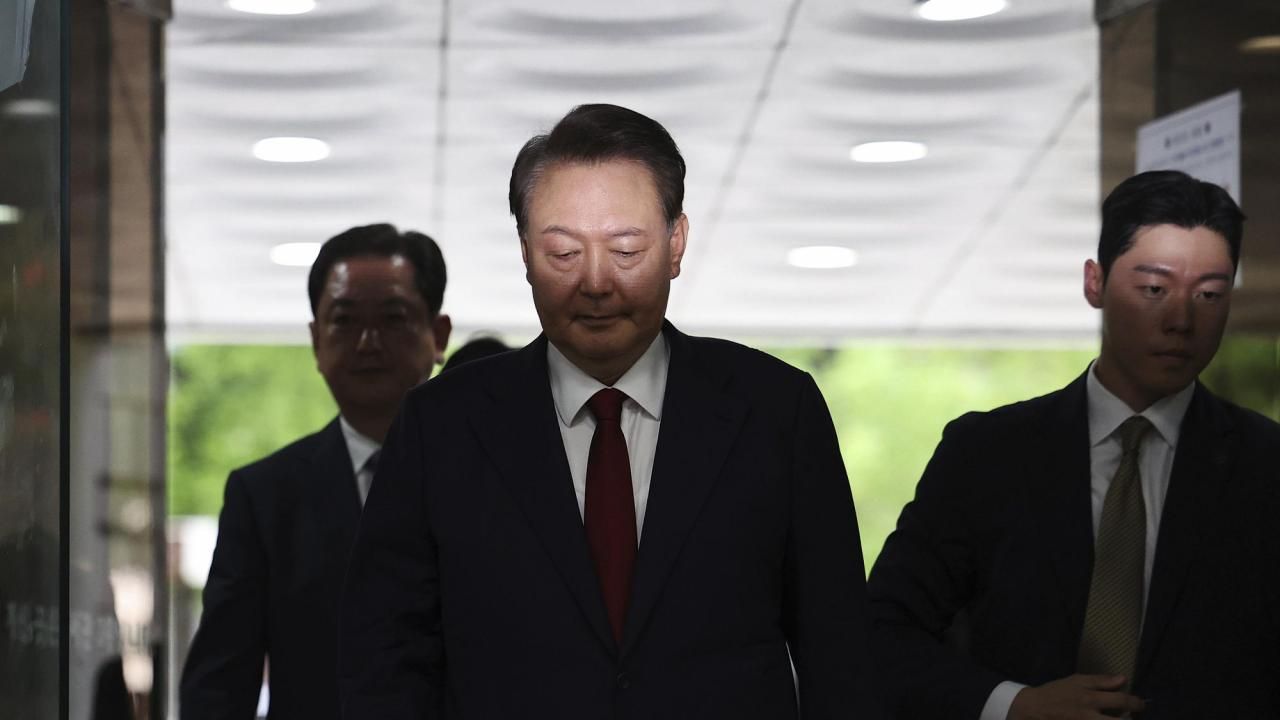



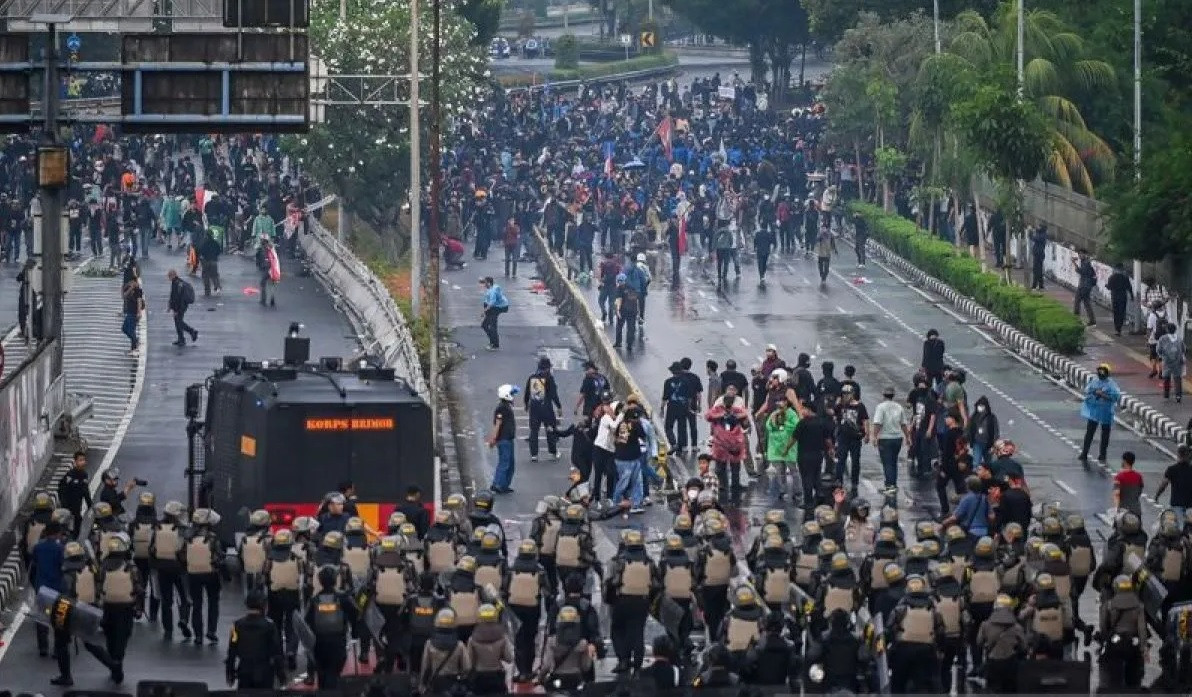
.jpg)
.jpeg)
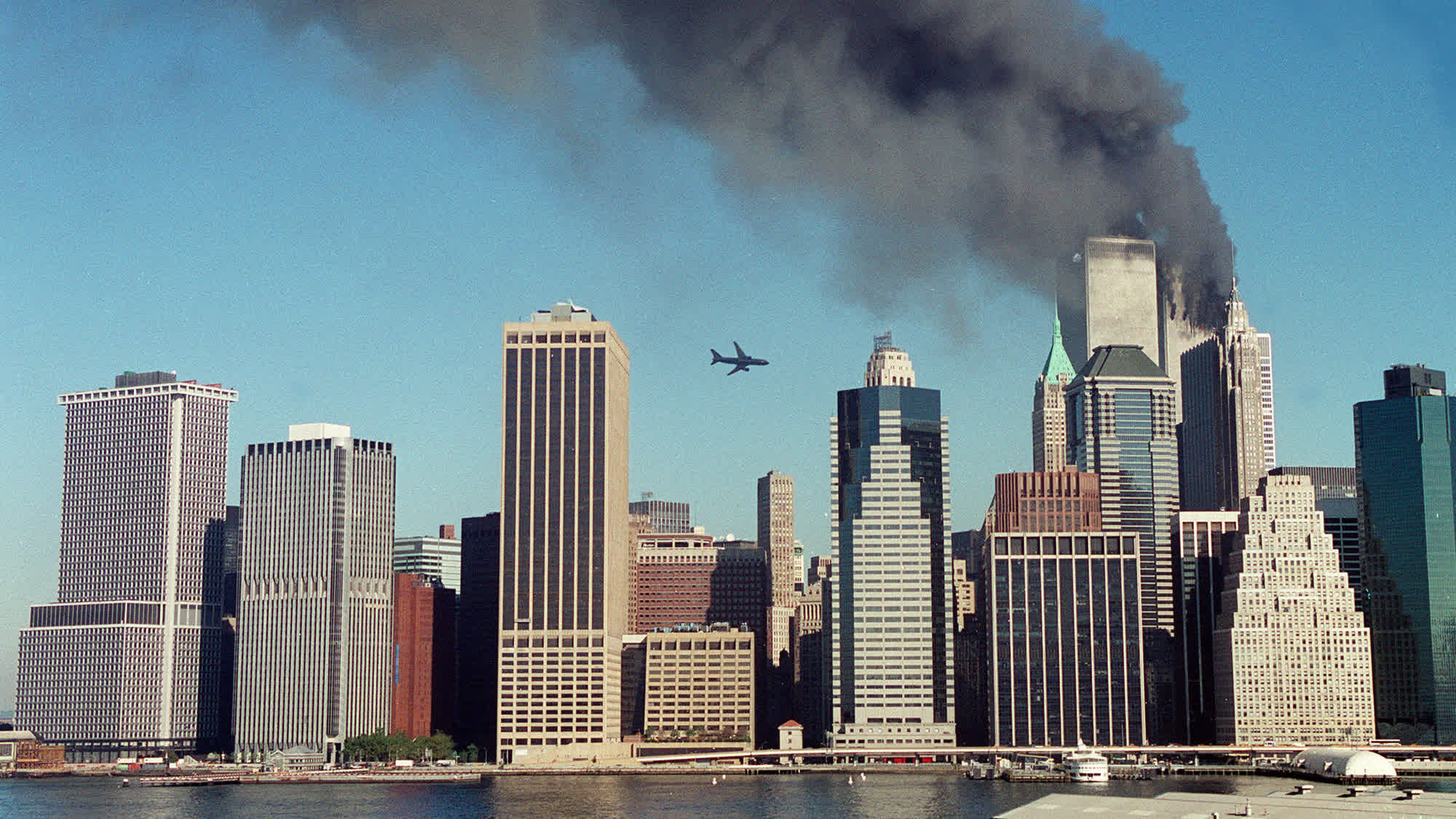
.jpg)
-(1).jpg)
.jpg)
.jpg)
.jpg)
.jpeg)
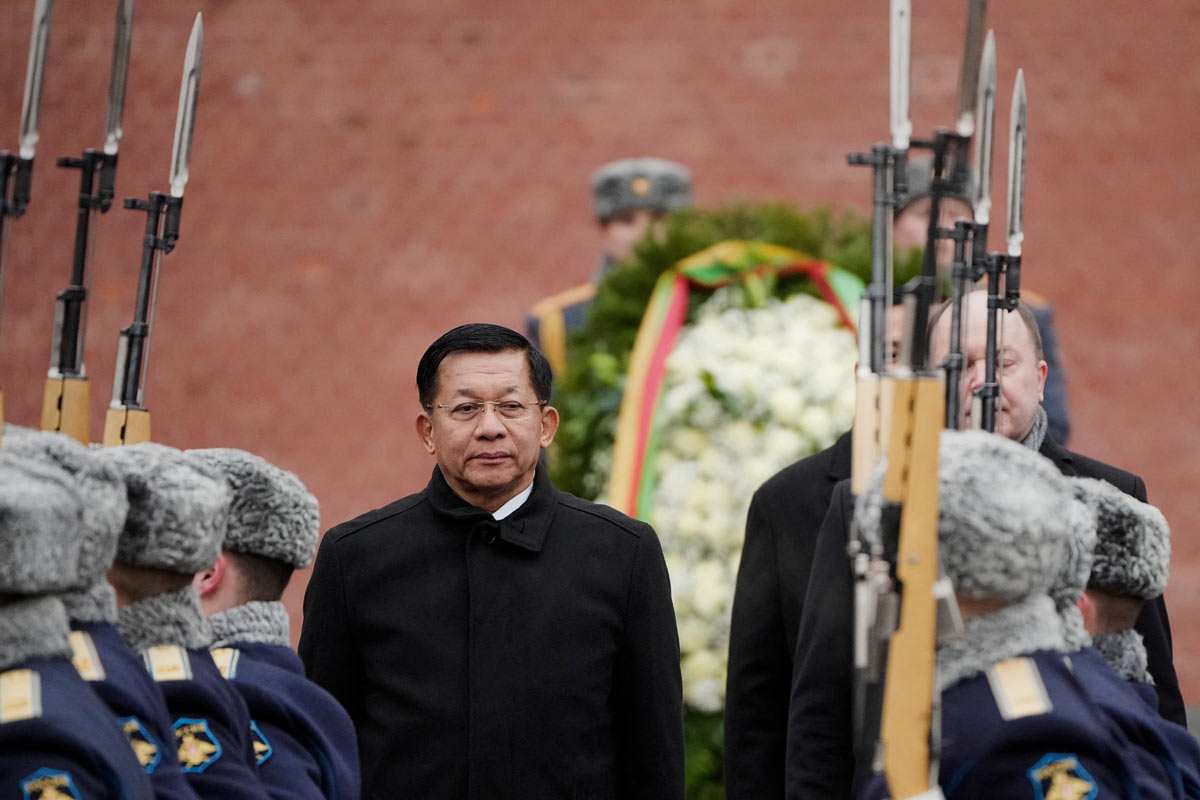
.jpg)
.jpg)

.jpg)
.jpg)
.jpg)
.jpg)

.jpg)